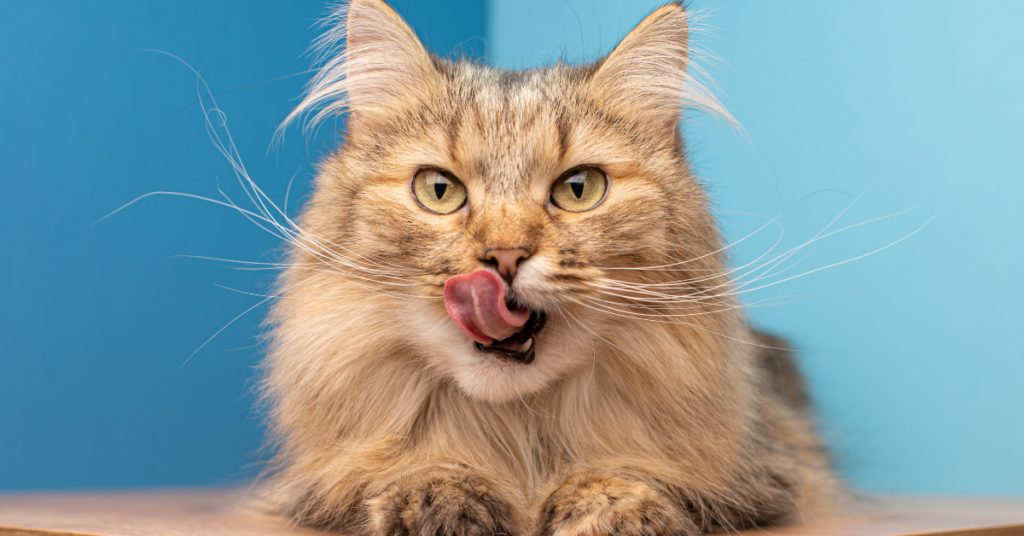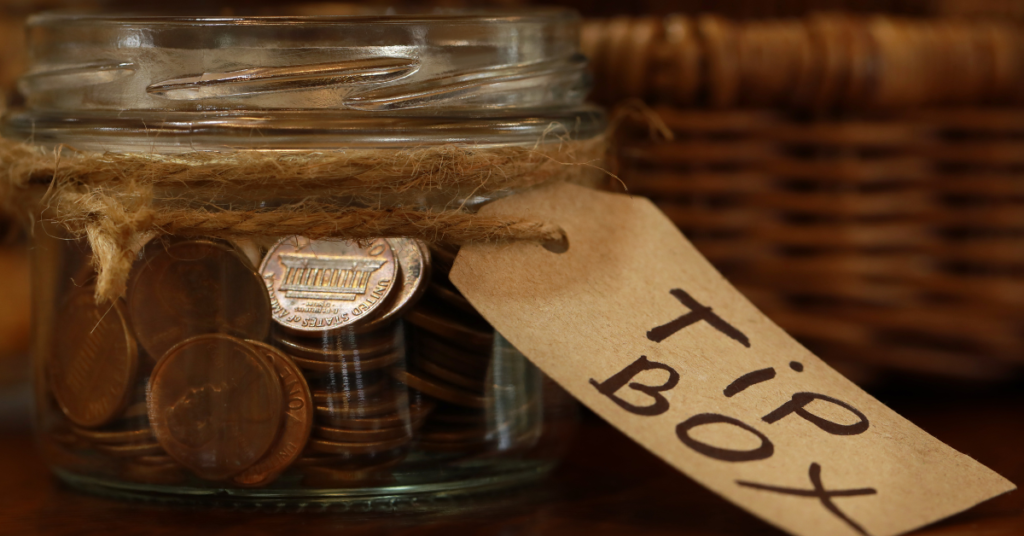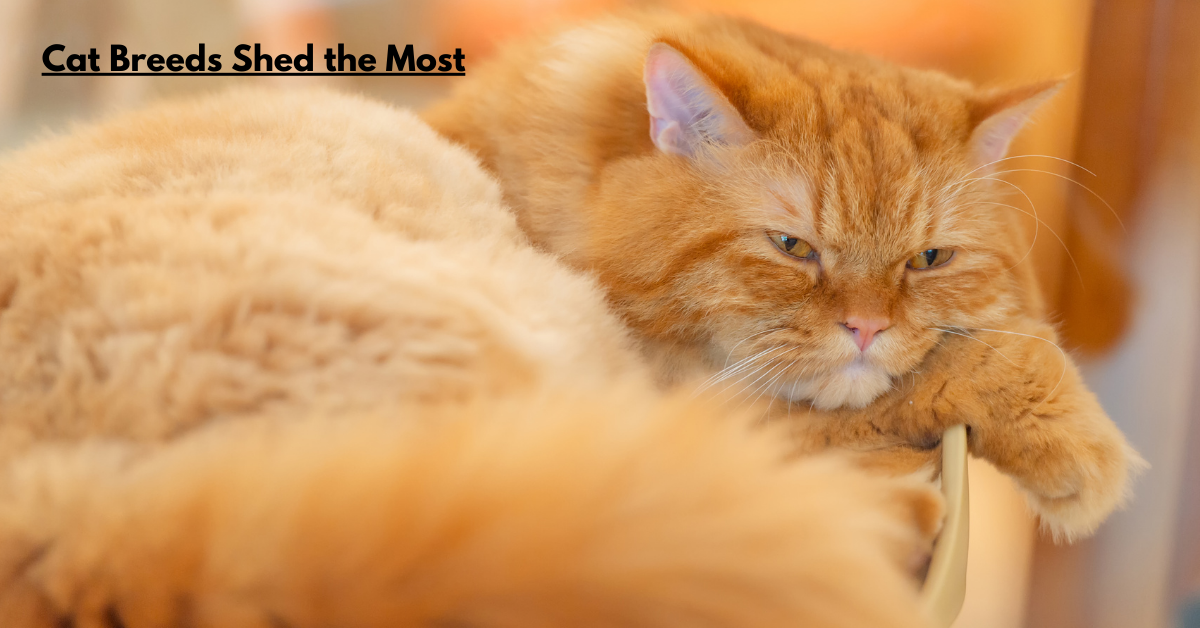Cat Breeds Shed the Most.Cats are cherished companions known for their beauty, autonomy, and fondness. Be that as it may, for those considering bringing a cat into their domestic, shedding can be a noteworthy concern. Understanding which cat breeds shed the most can offer assistance potential proprietors make an educated choice that adjusts with their way of life and resilience for pet hair.
Understanding Shedding in Cats
Shedding is a normal handle for all cats, notwithstanding of breed. It happens as ancient or harmed hide falls out to make way for unused development. Whereas shedding is an ordinary portion of a cat’s life cycle, the sum and recurrence of shedding can change enormously between breeds. Variables such as coat length, surface, and hereditary qualities impact how much a cat sheds?
Why Do Cats Shed?
- Seasonal Adjustment: Cats, like numerous warm blooded animals, shed regularly. This shedding regularly happens in the spring and drop, as their coats alter to changes in temperature and sunshine hours. This cycle makes a difference them get ready for hotter or cooler weather.
- Light Affect ability: Sunshine length can impact shedding. Cats’ hide development is controlled by photo period, with longer sunshine activating expanded shedding.
- Health and Count Calories: A cat’s by and large well being and count calories can affect shedding. Destitute sustenance or well being issues may lead to over the top shedding or destitute coat condition.
- Breed Contrasts: A few breeds shed more than others. Long-haired breeds like Persians shed lavishly compared to short-haired breeds such as Siamese cats.
What Impacts Shedding?
The shedding handle makes a difference cats control their body temperature, shed harmed hair, and recharge their coats for distinctive seasons.
- Genetics: Hereditary variables play a critical part in how much a cat sheds. Breeds created in colder climates tend to have thicker coats that shed more.
- Age: Cats shed their infant hide and supplant it with grown-up hide. More seasoned cats may moreover involvement changes in shedding designs due to age-related factors.
- Hormones: Hormonal changes, such as those amid pregnancy or nursing, can influence shedding. Fixing or spaying may moreover modify shedding designs in cats.
- Indoor vs. Open air: Indoor cats may shed more equally all through the year due to steady natural conditions. Open air cats might shed more in spring and drop to adjust to changing weather.
Managing Shedding
- Regular Prepping: Brushing your cat routinely makes a difference expel free hide some time recently it closes up on your furniture. It moreover avoids tangling and keeps the coat healthy.
- Balanced Slim down: Giving your cat with high-quality, adjusted count calories wealthy in fundamental supplements bolsters sound coat development and decreases intemperate shedding.
- Hydration: Guaranteeing your cat drinks sufficient water keeps their skin hydrated, which bolsters coat well being and decreases shedding.
- Veterinary Care: Standard check-ups can distinguish well
When to Be Concerned
- Excessive Shedding: If your cat sheds unreasonably year-round or creates bare patches, it seems show and fundamental well being issue like sensitivities, parasites, or hormonal imbalances.
Behavioural Changes: Over the top prepping or signs of distress amid shedding may flag skin disturbance or pain. - Seasonal Changes: Sudden changes in shedding designs disconnected to regular shifts might too be a cause for concern.
Cats have three sorts of hair: - Guard hairs: These are the longer, stiffer hairs that shape the external layer of a cat’s coat.
- Awn hairs: This middle of the road hairs give cover and support.
- Down hairs: These are the delicate, feathery hairs closest to a cat’s skin.
key takeaways Cat Breeds Shed the Most
- Long-Haired Breeds: Cats with long hide tend to shed more since they have more hair to lose. Breeds like the Persian, Maine Coon, and Rag doll are known for their inexhaustible hide, which requires normal prepping to oversee shedding.
- Double-Coated Breeds: Cats with twofold coats, comprising of a thick undercoat and a longer external coat, shed intensely amid regular changes. Cases incorporate the Siberian and Norwegian Woodland Cat.
- Genetics and Well being: Shedding can moreover be impacted by hereditary qualities and the cat’s generally well being. Cats with destitute diets or well being issues may shed more unreasonably than solid cats.
- Regular Prepping Makes a difference: Normal brushing and prepping are vital for overseeing shedding in all cat breeds. It makes a difference expel free hair and decreases the sum of hair your cat may shed around your home.
- Environmental Variables: Natural variables such as temperature and light introduction can influence shedding cycles in cats. Indoor cats may shed more equally all through the year compared to open air cats, which may shed more regularly.
Cat Breeds That Shed the Most

When it comes to shedding, a few cat breeds are known to take off more hair around the house than others. Here are a few breeds that are infamous for their shedding tendencies:
Persian Cats
Persian cats are celebrated for their long, lavish coats that require customary prepping. Their thick hide mats effortlessly and sheds lavishly, requiring every day brushing to anticipate tangles and diminish free hair around the home.
Physical Characteristics
- Appearance: Persian cats are characterised by their long, sumptuous hide, brief legs, circular faces, and huge, expressive eyes. They come in a wide extend of colours and designs, from strong colours like white, dark, and cream to more complex dark-striped cat, calico, and biologic patterns.
- Coat: Their coat is thick and requires normal preparing to anticipate tangling. Every day brushing is suggested to keep up their fur’s well being and avoid tangles.
- Body Structure: Persians have a stocky construct with a wide chest and tough legs. They are medium to expansive in measure, with guys regularly bigger than females.
Temperament and Behaviour
- Gentle and Warm: Persians are known for their delicate and laid-back mien. They regularly appreciate relaxing around the house and are warm towards their human companions.
- Quiet: They are not especially vocal compared to a few other breeds, favouring to communicate through delicate yowls and purring.
- Playfulness: Whereas they may not be as dynamic as a few breeds, Persians do appreciate intelligently play sessions and toys that lock in their curiosity.
- Social: They for the most part get along well with children and other pets if presented appropriately. They flourish on consideration and warmth from their family members.
Health Considerations
- Respiratory Issues: Their level faces can incline them to respiratory issues and trouble breathing, particularly in hot or sticky weather.
- Eye and Tear Re closing: Due to their facial structure, Persians may be inclined to tear re closing around their eyes. Standard cleaning can offer assistance relieve this.
- Dental Care: They may moreover be more vulnerable to dental issues, so customary dental check-ups and care is essential.
Care Requirements
- Grooming: As specified, their long hide requires customary prepping to anticipate mats and tangles. This moreover makes a difference decrease shedding and keeps their coat in ideal condition.
- Indoor Living: Due to their physical characteristics and tender nature, Persians are best kept as indoor cats to ensure them from potential dangers and guarantee their safety.
- Nutrition: Giving a adjusted eat less suitable for their age and action level is pivotal to keeping up their well being and well being.
Table for Cat Breeds Shed the Most
| Cat Breed | Shedding Level | Description |
|---|
| Maine Coon | High | Large, long-haired breed; sheds seasonally with heavy shedding in spring. |
| Persian | High | Long-haired breed; requires regular grooming to manage shedding. |
| Rag doll | Moderate to High | Semi-long-haired breed; sheds moderately, but grooming helps manage it. |
| British Short hair | Moderate | Short-haired breed; sheds regularly, but less than long-haired breeds. |
| Siamese | Low to Moderate | Short-haired breed; sheds minimally compared to other breeds. |
| Bengal | Low to Moderate | Short-haired breed; sheds moderately; regular grooming helps control shedding. |
Maine Coon Cats
Maine Coons have thick, water-resistant hide that sheds regularly. Their huge measure implies they have a part of surface region secured in hide, contributing to their higher shedding volume compared to littler breeds.
Physical Characteristics
Maine Coons are one of the biggest household cat breeds, with guys ordinarily weighing between 13-18 pounds (5.9-8.2 kg) and females between 8-12 pounds (3.6-5.4 kg). They have a strong and solid construct, with long, bushy tails that regularly take after a raccoon’s tail (consequently the title “Maine Coon”). Their hide is thick and water-resistant, suited to the unforgiving winters of their local Maine, with a full ruff around their neck and tufted ears.
Personality Traits
One of the most cherished angles of Maine Coons is their inviting and agreeable nature. They are known for being tender and delicate, regularly shaping solid bonds with their human companions. In spite of their huge estimate, they are regularly not forceful and are known to get along well with children, other cats, and indeed pooches. Maine Coons are too exceedingly cleverly and inquisitive, frequently appearing a perky and gutsy side.
History and Origins
The correct roots of the Maine Coon breed are covered in riddle and encompassed by fables. One prevalent story proposes they are relatives of cats brought to North America by Vikings, whereas another claims they are the result of cross-breeding between residential cats and raccoons (which is naturally incomprehensible). The more acknowledged hypothesis is that they created actually in the northeastern Joined together States, especially in Maine, where they adjusted to the cold climate and got to be proficient seekers of rodents.
Health and Care
Maine Coons are by and large solid cats, but like all breeds, they can be inclined to certain hereditary conditions such as hip dyspepsia and hypertrophy cardiomyopathy (a heart condition). They too tend to be healthy eaters, so parcel control may be vital to dodge obesity.
Popularity and Recognition
Maine Coons have picked up ubiquity around the world for their striking appearance and neighbour mien. They are perceived by all major cat registries, counting the Cat Fanciers’ Affiliation (CF) and The Universal Cat Affiliation (TICS). They are frequently included in cat appears and have a committed taking after among cat enthusiasts.
Siamese Cats
Siamese cats have brief, fine coats that shed less than long-haired breeds but still shed discernibly, particularly amid regular changes. Customary prepping can offer assistance diminish the sum of free hair they take off behind.
Siamese cats are one of the most conspicuous and unmistakable breeds in the world of residential cats. Known for their striking blue almond-shaped eyes, smooth bodies, and pointed coloration; Siamese cats have captivated individuals for centuries with their tastefulness and personality.
Originating from Thailand (once Siam), these cats were considered sacrosanct and were regularly kept by sovereignty and ministers. Their history follows back to at slightest the 14th century, and they were to begin with presented to the Western world in the late 19th century. Since at that point, their ubiquity has taken off, making them one of the most sought-after breeds globally.
Physically, Siamese cats are known for their slim, strong construct, with long tails and huge ears that deliver them a caution appearance. Their most unmistakable highlight is their coat coloration, which is characterised by darker focuses on their ears, confronts paws, and tail, differentiating strongly with a lighter body colour. This “pointed” design is caused by a temperature-sensitive chemical that produces darker pigmentation in cooler regions of the cat’s body.
Beyond their striking appearance, Siamese cats are famous for their vocal nature. They are broadly chatty and will regularly lock in their proprietors in discussion with a particular, uproarious, and diligent voice. This characteristic has earned them notoriety for being exceedingly communicative and requesting of consideration, making them great companions for those who appreciate intelligently pets.
Cloth doll Cats
Rag dolls have semi-long hide that sheds modestly all through the year. Their smooth coats require standard preparing to avoid tangling and decrease shedding around the home.
Himalayan Cats
Similar to Persians, Himalayan cats have long, thick hide that sheds reliably. Their coat requires visit preparing to oversee shedding and avoid hairballs.
Burmese Cats
Burmese cats have brief, smooth coats that shed negligibly compared to long-haired breeds. In any case, they still shed frequently and advantage from intermittent brushing to evacuate free hair.
British Brief hair Cats
British Brief hairs have thick, rich coats that shed decently year-round. Customary prepping makes a difference limit shedding and keeps their hide in great condition.
Outlandish Brief hair Cats
Exotic Brief hairs have brief, thick coats that shed less than their Persian relatives but still require standard preparing to oversee shedding and keep their coats healthy.
Abnormal Brief Hair cats, moreover known as the Peter bald breed, are a intriguing and special sort of cat that captivates with its unmistakable appearance and charming identity. Beginning from Russia, particularly from St. Peters burg, these cats are a moderately later expansion to the world of pedigreed cats, having been created in the 1990.
One of the most striking highlights of the Peter bald is its airlessness, in spite of the fact that not all Peter balds are totally bare. They can display a run of coat sorts from totally bare to a brief coat that takes after peach fluff. This inconstancy is due to their hereditary cosmetics, which incorporates a quality comparative to that found in the Sphinx breed, contributing to their smooth or exceptionally brief coat.
Beyond their one of a kind coat, Peter balds are known for their exquisite and athletic construct. They regularly have long, slim bodies with fine-boned highlights and almond-shaped eyes that pass on insights and interest. Their ears are expansive and set tall on the head, including to their particular appearance.
In terms of identity, Peter balds are famous for their tender nature and social personality. They regularly frame solid bonds with their human companions and appreciate being included in every day exercises. These cats are known to be exceedingly intuitively and will regularly look for out consideration and love from their proprietors. They are moreover by and large inviting towards other pets and children, making them fabulous increases to families with numerous creatures or families with kids.
Due to their need of a full coat, Peter balds require a few extraordinary care. They may require assurance from sun introduction and can advantage from standard moisturising to keep their skin solid. In spite of their clear delicacy, they are shockingly vigorous and can adjust well to different living circumstances, counting flats and homes with or without other pets.
Overall, the Peter bald cat is a striking mix of tastefulness, charm, and uniqueness. Whether you are drawn to their abnormal appearance, their adoring personality, or their lively deportment, these cats have a way of clearing out a enduring impression on anybody fortunate sufficient to experience them. For those looking to welcome a unmistakable and tender companion into their lives, the Peter bald cat is certainly a breed worth considering.
Tips for Overseeing Shedding

Managing shedding in cats includes standard preparing and support. Here are a few tips to limit shedding around your home:
Customary Brushing
- Frequency: Brush your cat’s coat frequently, particularly for long-haired breeds, to expel free hair and avoid matting.
- tools : Utilise a appropriate brush or comb suggested for your cat’s coat sort to successfully expel free fur.
Sound Diet
- Nutrition: Nourish your cat an adjusted slim down wealthy in basic supplements and omega greasy acids to advance solid skin and coat.
Hydration
- Water: Guarantee your cat drinks sufficient water to keep up hydration, which underpins solid coat development and diminishes shedding.
Veterinary Care
- Check-ups: Plan normal veterinary check-ups to screen your cats in general well being, counting skin and coat condition.
Natural Control
- Air Quality: Utilise discuss purifiers or keep up great ventilation to decrease airborne allergens and hide particles in your domestic.
FAQs about Cat Breeds Shed the Most
Q: Do all cats shed?
Yes, all cats shed to a few degrees. Shedding is a common prepare that makes a difference cats keep up solid coats.
Q: Are there allergy-friendly.cat breeds that shed less?
A few cat breeds, fair like the Siberian and Balinese, are considered hypoallergenic and may make much less allergens, in any case they still shed.
Q: How can I decrease cat shedding in my home?
Normal prepping, a adjusted slim down, and natural administration can offer assistance decrease shedding and minimise free hair around your home.
Conclusion
Understanding which cat breeds shed the most can offer assistance imminent cat proprietors select a pet that fits their way of life and support inclinations. By giving customary prepping, appropriate nourishment, and veterinary care, cat proprietors can oversee shedding and appreciate a clean and comfortable living environment with their cat companions.
In conclusion, when selecting a cat breed, consider the preparing necessities and shedding inclinations to make an educated choice that guarantees a cheerful and solid relationship between you and your pet.
